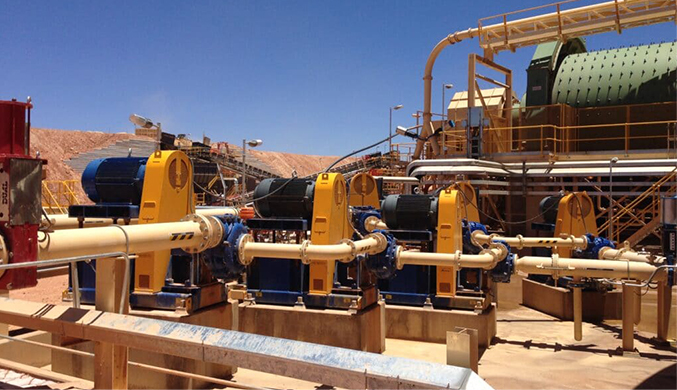Myanmar
- Afrikaans
- Albanian
- Amharic
- Arabic
- Armenian
- Azerbaijani
- Basque
- Belarusian
- Bengali
- Bosnian
- Bulgarian
- Catalan
- Cebuano
- Corsican
- Croatian
- Czech
- Danish
- Dutch
- English
- Esperanto
- Estonian
- Finnish
- French
- Frisian
- Galician
- Georgian
- German
- Greek
- Gujarati
- Haitian Creole
- hausa
- hawaiian
- Hebrew
- Hindi
- Miao
- Hungarian
- Icelandic
- igbo
- Indonesian
- irish
- Italian
- Japanese
- Javanese
- Kannada
- kazakh
- Khmer
- Rwandese
- Korean
- Kurdish
- Kyrgyz
- Lao
- Latin
- Latvian
- Lithuanian
- Luxembourgish
- Macedonian
- Malgashi
- Malay
- Malayalam
- Maltese
- Maori
- Marathi
- Mongolian
- Myanmar
- Nepali
- Norwegian
- Norwegian
- Occitan
- Pashto
- Persian
- Polish
- Portuguese
- Punjabi
- Romanian
- Russian
- Samoan
- Scottish Gaelic
- Serbian
- Sesotho
- Shona
- Sindhi
- Sinhala
- Slovak
- Slovenian
- Somali
- Spanish
- Sundanese
- Swahili
- Swedish
- Tagalog
- Tajik
- Tamil
- Tatar
- Telugu
- Thai
- Turkish
- Turkmen
- Ukrainian
- Urdu
- Uighur
- Uzbek
- Vietnamese
- Welsh
- Bantu
- Yiddish
- Yoruba
- Zulu
Telephone: +86 13120555503
Email: frank@cypump.com
Sep . 25, 2024 22:12 Back to list
bathroom ejector pump system
Understanding Bathroom Ejector Pump Systems
Bathroom ejector pump systems are essential components in modern plumbing that help manage wastewater and prevent backups in homes, particularly those with basements or lower-level bathrooms. These systems are designed to pump wastewater from bathrooms that are located below the main sewer line, making them crucial for maintaining sanitary conditions in a home.
What is an Ejector Pump?
An ejector pump is a type of sump pump specifically designed to move the effluent waste from bathrooms and other fixtures that are situated below the municipal sewer line. The primary purpose of the ejector pump is to elevate waste for proper disposal. It does this by using a motor-driven impeller that pushes the wastewater through a discharge pipe, typically to the main sewer line or septic system.
Components of an Ejector Pump System
A typical bathroom ejector pump system includes several key components
1. Ejector Pump The heart of the system, responsible for pumping waste. It is usually housed in a sealed basin that collects wastewater from the connected plumbing fixtures.
2. Switch An automatic float switch turns the pump on when the wastewater reaches a certain level in the basin and turns it off when the water drops to a safe level.
3. Discharge Pipe This pipe carries the pumped waste to the main sewer line or septic system. Proper sizing and routing of the discharge pipe are crucial to ensure efficient operation.
4. Check Valve Integrated within the discharge line, check valves prevent backflow, ensuring that wastewater does not return to the basin once it has been expelled.
bathroom ejector pump system

5. Vent Pipe This pipe allows gases to escape from the ejector basin, preventing pressure build-up and unpleasant odors.
Situations Requiring an Ejector Pump
Bathroom ejector pumps are often found in homes that have cellar or basement bathrooms. In situations where the sewer line is above the level of the bathroom fixtures, gravity cannot effectively move the waste away from the home. In these cases, an ejector pump becomes necessary.
Additionally, ejector pumps are helpful when homeowners wish to install bathroom facilities in a basement or any area below the main sewage line that lacks gravity drainage. These areas can include laundry rooms or utility sinks, making ejector pumps versatile for various applications.
Installation and Maintenance
Installing an ejector pump system requires careful consideration of the plumbing layout and appropriate sizing of the pump to ensure it can handle the expected volume of waste. It is advisable to hire a professional plumber for installation to guarantee compliance with local ordinances and to ensure safety.
Maintenance of an ejector pump system is crucial to its longevity and effectiveness. Regular inspection is necessary to check for clogs, wear, and tear, and to ensure the float switch operates correctly. Homeowners should be vigilant about what goes down the drains, as non-biodegradable items can lead to pump failure and costly repairs.
Conclusion
Bathroom ejector pump systems may seem like an overlooked component in the plumbing puzzle, but they play a vital role in home sanitation. By understanding how these systems work, their components, and the situations in which they are necessary, homeowners can make informed decisions about their plumbing needs. Regular maintenance and professional installation will ensure a reliable and efficient system, safeguarding against the inconvenience of wastewater issues in the home. Thus, investing in an ejector pump system is not just a matter of convenience; it is essential for maintaining a hygienic and functional living space.
-
Horizontal Split Case Pump with GPT-4 Turbo | High Efficiency
NewsAug.01,2025
-
ISG Series Pipeline Pump - Chi Yuan Pumps | High Efficiency, Durable Design
NewsAug.01,2025
-
Advanced Flue Gas Desulfurization Pump with GPT-4 Turbo | Durable & Efficient
NewsJul.31,2025
-
ISG Series Vertical Pipeline Pump - Chi Yuan Pumps | Advanced Hydraulic Design&Durable Construction
NewsJul.31,2025
-
ISG Series Vertical Pipeline Pump - Chi Yuan Pumps | Energy Efficient & Low Noise
NewsJul.31,2025
-
pipeline pump - Chi Yuan Pumps Co., LTD.|High Efficiency&Low Noise
NewsJul.31,2025










